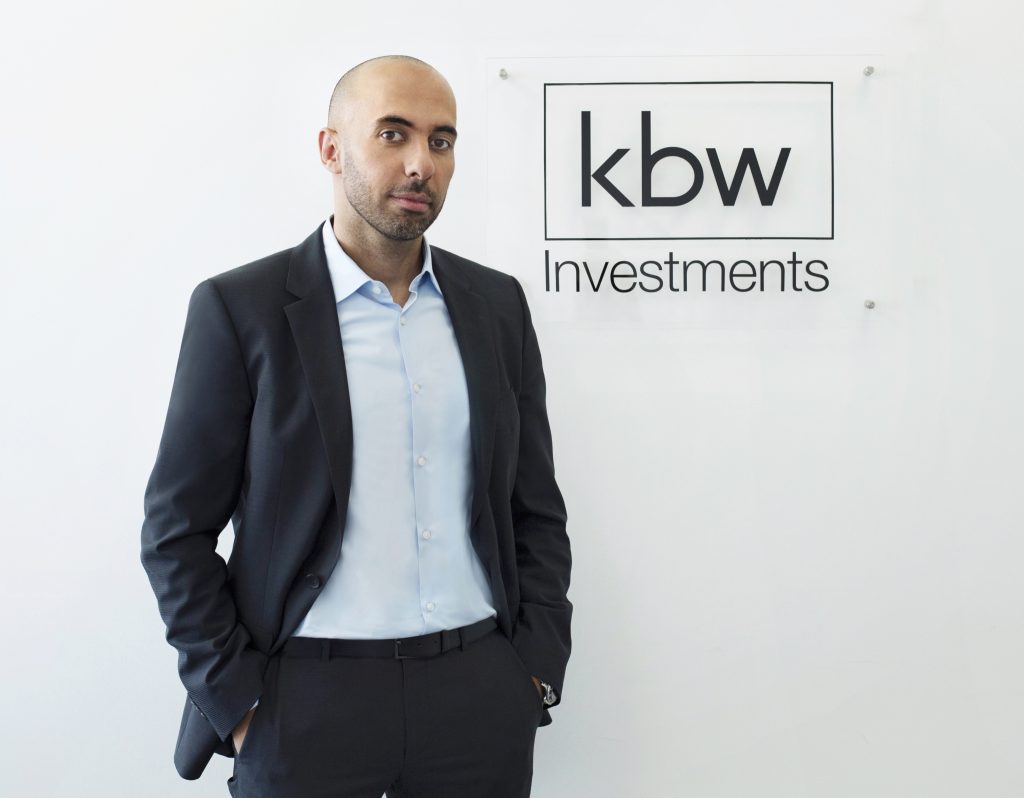Ahmed Alkhoshaibi, Group CEO of KBW Investments, on plans to take Raimondi Cranes to new heights.
Raimondi became part of KBW Investments in 2014. What has changed for the company since then?
The January 2014 acquisition of Raimondi Cranes by KBW served to turn the entire company around. From a corporate perspective, we first got to work on streamlining processes and hierarchies, then we looked at the companys operational silos and increased internal communication and cross-department collaboration. Regarding facilities, we invested in the latest manufacturing technologies to improve production and optimize output. In regards to research and development, the acquisition allowed for capital injections that were put to work enhancing Raimondis technological capabilities. The companys R&D arm was placed at the forefront and given the resources to execute trials, involve more field expertise in design and planning, and run consistent testing. The results of this huge focus on this segment of the business is that our technical teams were able to develop innovative solutions, and then apply these solutions to our latest product launches. Over the past six months Raimondi has launched three new products, and all had in-depth R&D analysis in planning and prototype stages.
Was Raimondi big in the Middle East before the acquisition?
Prior to KBWs 2014 acquisition of Raimondi, the companys Middle East market share was reasonable – in Qatar specifically, Raimondi was the market leader. Market awareness and knowledge was obviously stronger across European nations – especially since Raimondi is an Italian heritage company – and across other Western markets including Turkey, Australia, and North America. The companys Middle East operations are inclusive of full circle facilities including both yards and offices in the UAE, Saudi Arabia and Qatar, and employs more than 150 people across the three Gulf states. Weve applied a direct client relationship model, meaning that clients are liaising directly with Raimondi Cranes in centrally located GCC construction hubs, not an agent of Raimondi. This has increased market share, and allowed for cost and time efficiencies that the manufacturer has benefitted from immensely.
The sector is going through a challenging time. How have you found the crane market over the past 12 months?
Over the past 12 months, Raimondi has sold 35 cranes across the Middle East the companys newest luffing LR213 demonstrated strong pre-sell interest. Despite the fact that at this time last year we had sold more units, we expect the second half of the year to demonstrate good sales taking into consideration our newest product lineup. In terms of popularity and sales frequency in the Middle East, the Raimondi MRT294 16 t. does very well. Our technical side attributes this interest to the MRT294s attractive aspects such as the maximum lifting capacity, and the 3.5 t. at 70 meter tip load. It has been really well received with Middle East based general contractors and developers that employ precast systems. The highest demand appears to be across the GCC. In specific, I would single out Dubai, Doha and Riyadh; this is most likely due to tenacious efforts to maintain industry movement by the public and private sectors.
What’s the outlook for the next 12 months?
Raimondi will be KBWs second strongest portfolio company in terms of profits; were very optimistic as our regional sales personnel are consistently fielding new queries. KBWs first driver is the construction sector, and our group is currently at work on a number of large scale projects in several countries and sectors across the region. Two recent examples in the UAE would be the AED120mn Novotel Sharjah Expo in the hospitality sector, and in infrastructure, the new automated parking structure for Dubai Courts, a PPP BOT project that we announced in May with ITNL. These projects, amongst others in the Group portfolio, ideally will be putting Raimondis cranes to work on different jobsites regionally.

